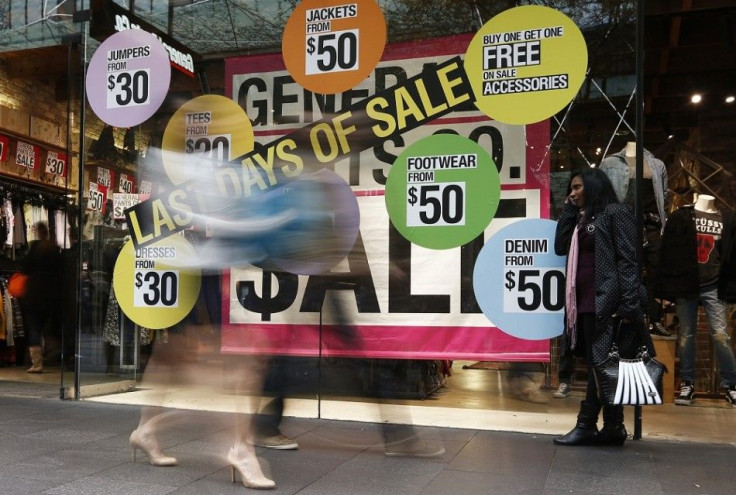US Apparel Retailer ‘Gap’ To Close 175 Stores in North America

Gap, the Apparel retailer in the U.S. is closing 175 stores in North America to boost its profitability. The brand's retail portfolio includes trendy Banana Republic and Old Navy. Of late, it has seen ebbing sales and was trying to fight back from quarter to quarter. The chain was facing problems in adapting to a retail landscape in which young shoppers are snubbing classic American basics and heading to H&M and Forever 21 for more trendy pieces. Rough estimates by Gap indicate that store closures will incur $300 million in annual sales loss and the one-time costs for the closure will be between $140 and $160 million.
Revival Plans
The closure plan precedes the half-baked efforts by the company to turn around the business by appointing a new chief executive, Art Peck and sacking the creative director Rebekka Bay. Gap CEO Art Peck said in May that the label's business had been facing challenges due to quality and fit issues and was not trendy enough. The company also hired Wendi Goldman, former co-president at L Brands Inc's Victoria Secret, as Executive vice president for product design and development. It also named Jeff Kirwan as global president in December 2014. Despite the changes in the team, the response from the shoppers was unexciting. It may be recalled that the chain’s casual-cool clothes were the trend setters in late 1990s and early 2000s.
Shuttering Plan
Under the new strategy, nearly 26 percent of Gap’s North American stores will be shuttered and closures will largely take place this year. The North American fleet consists of 500 regular-price stores and 300 outlet stores. Bulk of the stores to be shuttered belongs to regular-price outposts. The streamlining efforts will also see it cutting 250 positions in the San Francisco headquarters. In a statement, Gap said the decision to reduce its store portfolio reflects the move to strengthen online shopping. “Customers are rapidly changing how they shop today and these moves will help get Gap back to where we know it deserves to be in the eyes of consumers,” Peck said.
Retail Fatigue
The retail fatigue leading to closures by retailers ratifies the views of experts who say that large American retailers are “overstored,” implying they are crowded in more locations than what they need. The era is also seeing regional malls dying and customers firing up their smart phones for shopping. Certainly, Gap is treading the footsteps of other retailers such as Abercrombie & Fitch, Macy’s and Sears, who all said they are going to trim their brick-and-mortar footprint.
For Gap, bulk of the stores to be closed will be in the United States besides a few stores in European locations. In total, the company has 141,000 full time and part-time employees worldwide, spread in 1,600 company-owned and franchise stores.
(For feedback/comments, contact the writer at k.kumar@ibtimes.com.au)





















